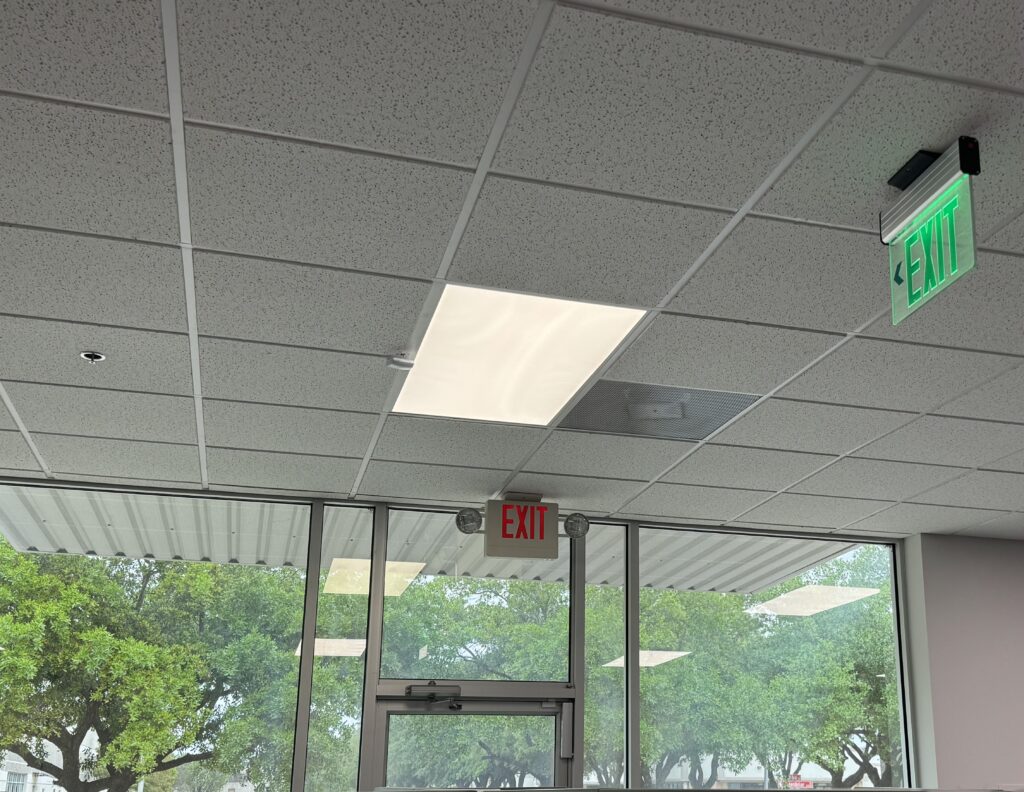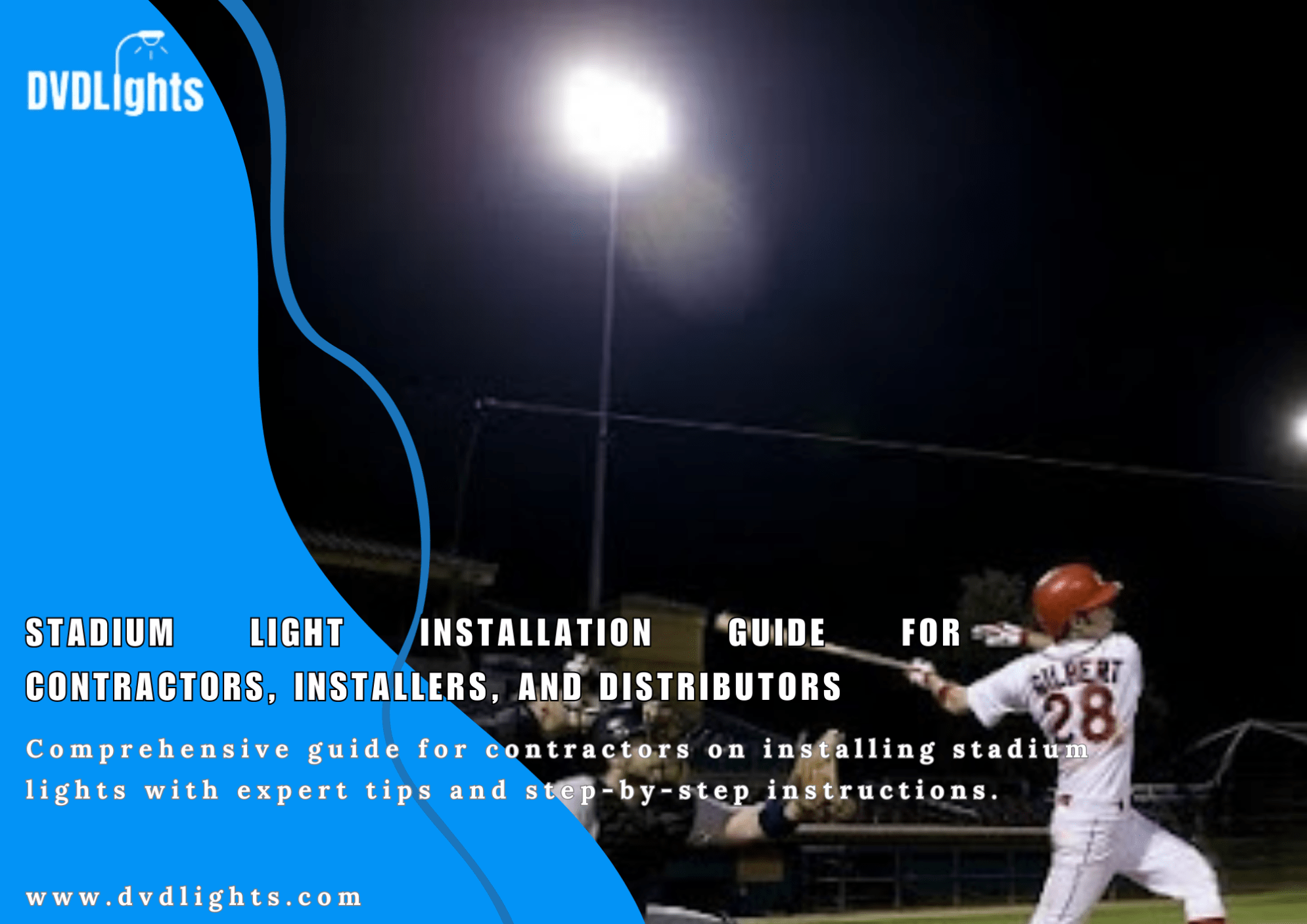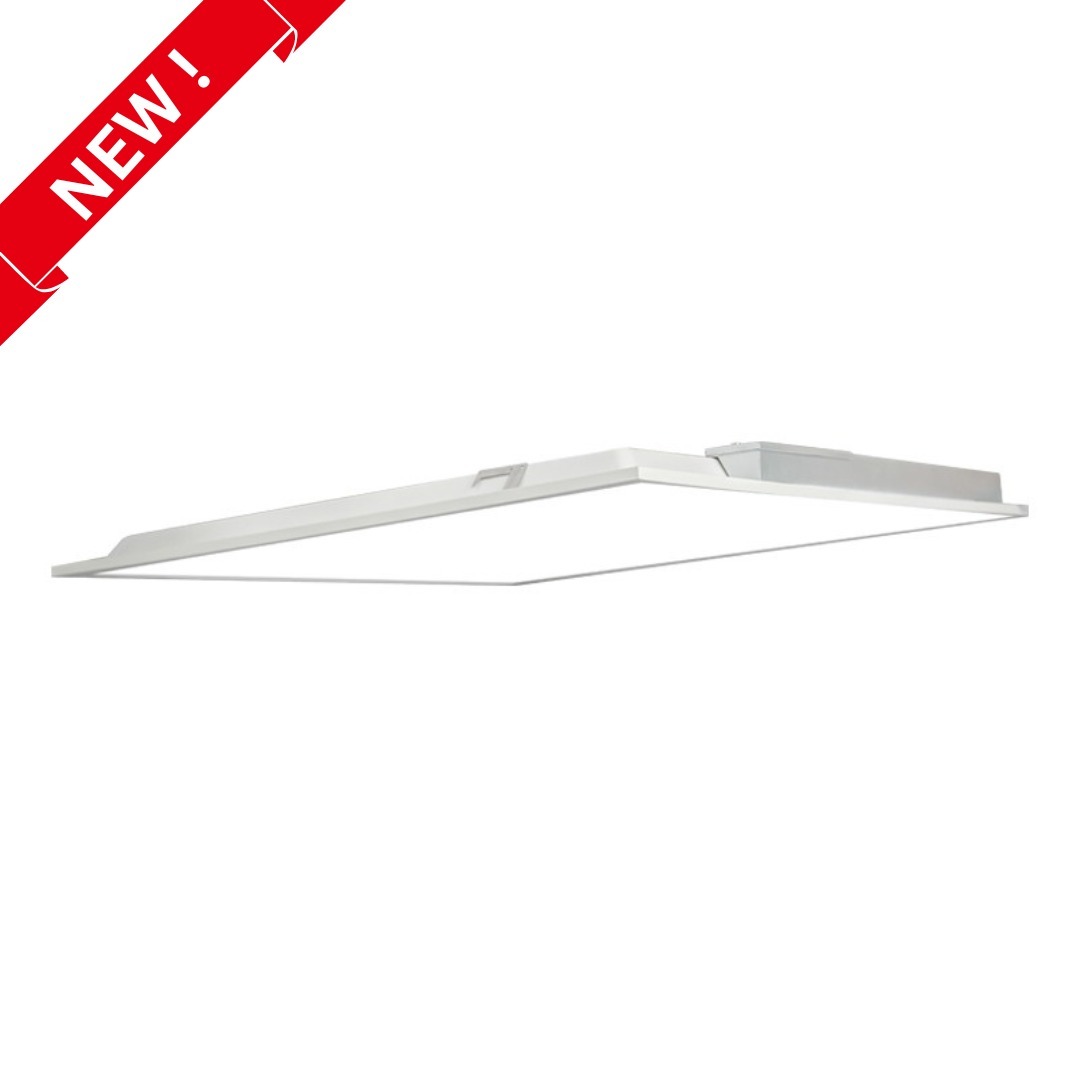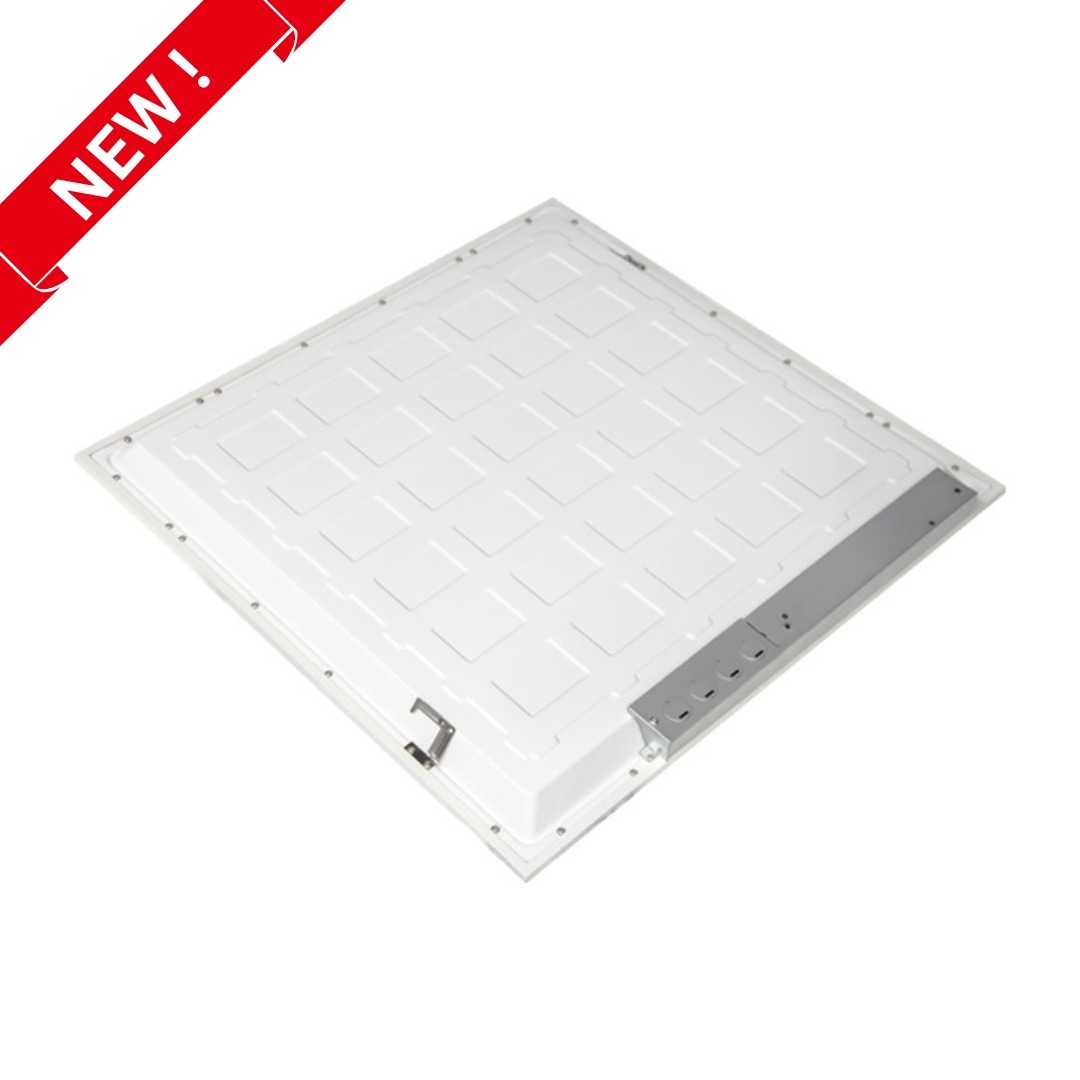Illuminated exit signs and emergency lighting have always been the major components that help maintain safety and security for a building’s occupants in times of disaster. Such systems point people to the closest exits, making it possible for them to find their ways in darkness by illuminating paths during power outages or other forms of emergencies. There are stipulated standards and regulations that have to be followed since they have been made with visibility, reliability, and efficiency in mind. The myriad regulatory requirements mandating that exit and emergency lighting installations be functional and in compliance are discussed in this blog post.
Understanding the Standards for Exit Signs with Lights
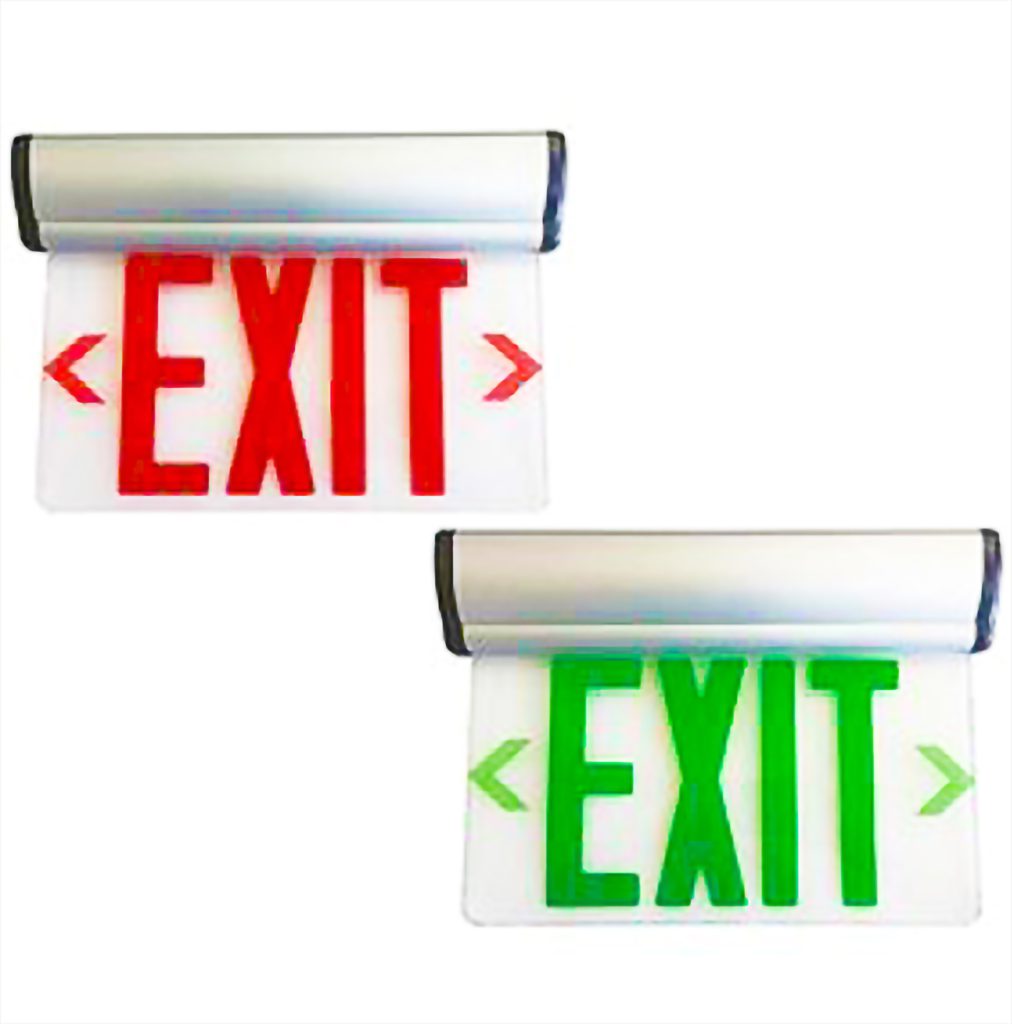
National Fire Protection Association (NFPA)
Guidelines are found to be at the very core of laying down the criteria for exit signs that illuminate. According to the NFPA 101 Life Safety Code, exit signs must be conspicuous, legible, and designed to stand out against the background. On the other hand, emergency lighting shall automatically come on in the case of any failure of power supply and provide adequate lighting for at least 1.5 hours.
The Occupational Safety and Health Administration (OSHA)
It details requirements that must be met within the workplaces in relation to workers’ health and safety. Exit routes must be properly lit with the required intensity, and marking of exit ways must be clear at all times; the exit doors must be clearly marked.
Adherence to the International Building Code (IBC) is therefore imperative in any wholesome approach to egress and emergency lighting that sufficient illuminance levels be provided at exits and roadways to permit safe evacuation in the event of an emergency.
The Role of Emergency Lighting in Safety
Emergency illumination is light provided to occupy the space and lead its occupants to safety. It is used to supply an average of one foot-candle along the path of egress to facilitate easy movement in complete darkness. At design and operation, one should consider that the lighting system would come into effect immediately in case the normal lighting fails, so its power source must be reliable.
Regulatory Compliance and Testing
Regulatory compliance requires constant testing and maintenance. Battery-powered emergency lighting systems, for instance, according to the JCAHO, have to be tested both monthly and annually. Such policies ensure that these systems are functional and ready to work during an emergency situation.
Local and International Variations in Requirements
While national codes provide a general framework, more often than not, local municipalities have their specific requirements for the illumination of exit signs and emergency lighting. As local codes can be very different in nature, consulting with local authorities or fire safety inspectors is highly advised to ensure compliance.
Best Practices for Installation and Maintenance
Proper Positioning and maintenance guarantee the reliability of lighted exit signs and egress lights; correct positioning also improves visibility and effectiveness., while regular checks and testing assure compliance.
Under the category of illuminated exit signs, Light Emitting Diodes present a step forward in efficiency, reliability, and life. LED exit signs offer several advantages over incandescent or fluorescent signs:
Energy Efficiency:
LED exit signs use much less power compared to traditional options, hence they decrease energy cost with minor carbon footprint.
Longevity:
These LEDs will, in most cases, live for as long as 5 years under continuous operation. This helps to reduce frequent replacements, hence reducing the long-term maintenance costs.
Brightness and Visibility:
These LED exit signs glow all the time, providing excellent visibility, which is important in case of emergencies when clear guidance is paramount.
Durability:
They highly resist shocks, vibrations, and temperature changes; thus, LEDs work quite satisfactorily in various ambient environments.
Versatility:
There are edge-lit and direct-view models of LED exit signs that provide versatile installation options to meet regulatory requirements and users’ taste and preference.
Regulatory Considerations
It’s imperative to confirm that LED exit signs meet the exacting regulatory standards that traditional exit signage does, including NFPA, OSHA, and IBC requirements for visibility, illumination levels, and placement. Testing and maintenance of LED exit signs should also have a similar schedule to other types of emergency lighting and signs to ensure their readiness during any power outage or other emergency situation.
Transitioning to LED Technology
In most cases, this means assessing existing signage for compliance and efficiency. Upgrading to LED technology can be framed as an investment in safety and sustainability, realizing the immediate returns of reduced energy consumption and maintenance requirements. This is also a very good opportunity to audit the placement and functionality of exit signs in order to ensure that all of them are up to today’s standards on visibility and effectiveness.
Conclusion
The adoption of LED technology into illuminated exit signs simply underscores this commitment to harnessing innovation for enhanced safety and increased efficiency. Facility integration with LED exit signs in emergency preparedness plans can help tie the many advantages of increased visibility, reduced operational expenses, and compliance with initiatives toward environmental sustainability. Advancements in emergency lighting and signage technologies, therefore, clearly not only raise the safety factor of building occupants but also work in conjunction with more global objectives, such as saving energy or being ecologically responsible.
Frequently Asked Questions (FAQs) About Exit Signs with LED Lights
Are LED exit signs more expensive than traditional exit signs?
While LED exit signs may have a higher initial purchase price compared to traditional incandescent or fluorescent signs, they offer significant savings over time due to their lower energy consumption and maintenance costs. The extended lifespan of LEDs reduces the need for frequent replacements, making them a cost-effective choice in the long run.
Can LED exit signs operate in emergency situations without power?
Yes, LED exit signs are equipped with backup power sources, such as rechargeable batteries, to ensure they remain illuminated during power outages. This feature is crucial for maintaining visibility of exit pathways in emergencies.
How do I know if my LED exit signs are compliant with safety regulations?
Compliance with safety regulations requires that LED exit signs meet specific standards for brightness, visibility, and placement as outlined by NFPA, OSHA, and the International Building Code (IBC). It’s important to purchase signs from reputable manufacturers that specify compliance with these regulations. Additionally, regular testing and maintenance are required to ensure ongoing compliance.
How often do LED exit signs need to be tested?
LED exit signs should be tested monthly for functionality for a duration of at least 30 seconds and annually for a full 90 minutes to verify the battery backup system’s effectiveness during prolonged power outages. This testing frequency aligns with the requirements for other types of emergency lighting and signage.
What makes LED exit signs more environmentally friendly?
LED exit signs are considered more environmentally friendly due to their low energy consumption, which reduces greenhouse gas emissions associated with electricity production. Additionally, their long lifespan means fewer signs end up in landfills, and because LEDs do not contain hazardous materials like mercury (found in some fluorescent lamps), they present less of a disposal concern.
Can I retrofit my existing exit signs with LED technology?
Yes, in many cases, existing exit signs can be retrofitted with LED retrofit kits. This process involves replacing the internal lighting components of the sign with LED technology. Retrofitting is a cost-effective way to upgrade to LED technology without replacing the entire sign, though compatibility and compliance with safety standards should be verified.
Are there different types of LED exit signs available?
Yes, LED exit signs come in various designs, including edge-lit, direct-view, and combination units that incorporate emergency lighting. This variety allows for flexible installation options to meet aesthetic preferences and specific regulatory requirements.

